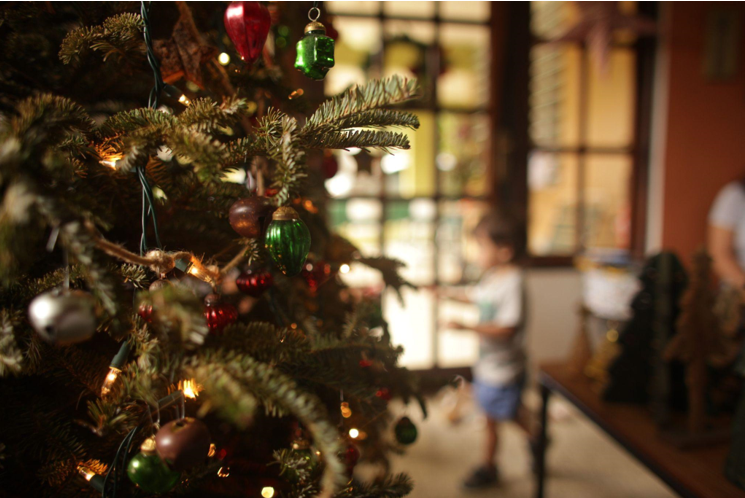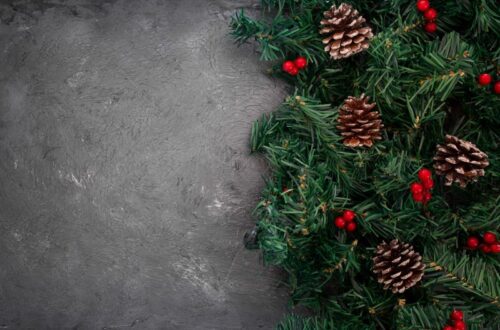
The Significance of Artificial Christmas Wreaths in the Middle East
The Historical Significance of Artificial Christmas Wreaths in the Middle East
Artificial Christmas wreaths have become a staple in holiday decor. Still, their significance goes deeper than just a beautiful decoration. In the Middle East, wreaths have a long history and cultural significance. The shape of a wreath is thought to represent eternity and endlessness, which aligns with many Middle Eastern cultures’ beliefs.
In ancient times, wreaths symbolized power, victory, and honor. The tradition has continued to this day, with many families in the Middle East incorporating wreaths into their holiday festivities. The significance of artificial Christmas wreaths has remained, but the materials and decorations used have changed.
The Connection Between Artificial Christmas Wreaths, Mediterranean Food, and Cold Springs
While many people associate artificial Christmas wreaths with snow and winter, the Middle East and Mediterranean regions also use wreaths to celebrate the colder seasons. It is expected to see wreaths adorned with seasonal fruits, nuts, and spices.
The significance of wreaths also extends to food. In the Middle East, the cold seasons mean it’s time to enjoy warm, hearty meals. Mediterranean food is a staple featuring seasonal produce, nuts, and spices often incorporated into wreaths. This connection between wreaths and food represents these items’ deep cultural and spiritual significance.
Furthermore, wreaths are often associated with cold springs. In the Middle East, cold springs are a source of life as they bring fresh water to the arid lands. Wreaths made with seasonal flowers, herbs, and other foliage represent the life-giving properties of cold springs. These wreaths are believed to bring good luck, happiness, and prosperity.
Artificial Christmas Wreaths and God
The connection between artificial Christmas wreaths and god can be traced back to ancient times. In many Middle Eastern cultures, the circle shape of a wreath represents the eternal and spiritual world. Some believe a wreath’s shape represents the sun, also associated with the divine.
The use of wreaths in religious ceremonies is still prevalent in many Middle Eastern cultures. Artificial Christmas wreaths represent many people’s deep spiritual and cultural connection with their traditions and beliefs. It is a reminder of the importance of the holiday season and its values.
In conclusion, artificial Christmas wreaths are more than just a festive decoration. The history and cultural significance of wreaths in the Middle East and their association with Mediterranean food and cold springs make them a symbol of tradition and spirituality. The circle shape of the wreath represents eternity and the spiritual world, while the materials and decorations used represent the changing seasons and the abundance of life. The use of wreaths in religious ceremonies and celebrations is still prevalent in the Middle East, meaning the deep spiritual connections many people have with their traditions and beliefs.




